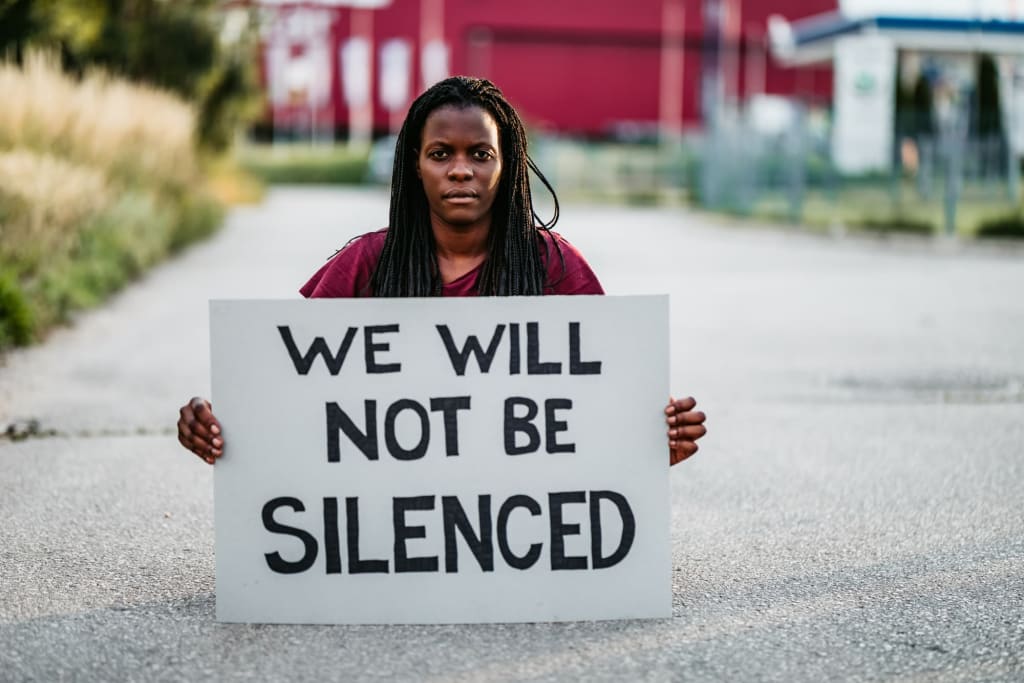Historically Black Colleges and Universities (HBCUs) have long been at the forefront of student activism in the United States. From the civil rights movement of the 1960s to the Black Lives Matter movement of today, students at HBCUs have been instrumental in pushing for social change and advocating for the rights of marginalized communities.
The history of student activism at HBCUs can be traced back to the early days of these institutions. Founded in the years following the Civil War, HBCUs were created to provide educational opportunities for African Americans who had been denied access to traditional colleges and universities. In the face of racism and discrimination, students at HBCUs began organizing and protesting for equal rights and opportunities.
One of the earliest and most well-known examples of student activism at HBCUs was the sit-in movement of the 1960s. Inspired by the lunch counter sit-ins organized by students at North Carolina A&T State University, students at HBCUs across the country began staging similar protests at segregated establishments. These sit-ins were instrumental in bringing national attention to the issue of segregation and helping to spark the civil rights movement.
In the years following the civil rights movement, student activism at HBCUs continued to be a driving force for social change. During the 1980s and 1990s, students at HBCUs played a key role in advocating for divestment from South Africa in protest of apartheid, as well as for increased funding for their institutions and support for minority students.
In recent years, student activism at HBCUs has focused on a wide range of issues, including police brutality, racial inequality, and the Black Lives Matter movement. Students at HBCUs have organized protests, rallies, and other events to raise awareness of these issues and push for change both on and off campus.
One of the reasons why student activism has been so strong at HBCUs is the sense of community and shared history that exists at these institutions. Students at HBCUs often feel a deep connection to their school and to the struggles of those who came before them, and this sense of pride and solidarity can be a powerful motivator for activism.
Overall, the history of student activism at HBCUs is a testament to the power of young people to bring about social change and fight for justice. As HBCUs continue to play a vital role in educating and empowering African American students, it is clear that student activism will remain a central part of the culture and legacy of these important institutions.
